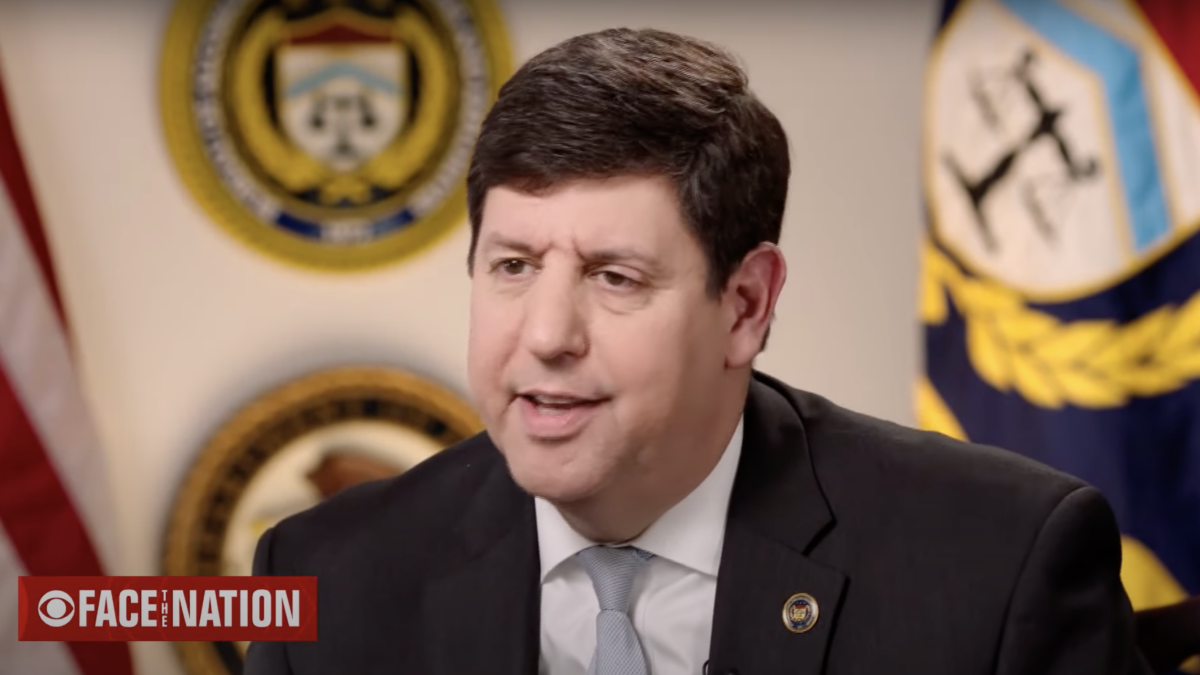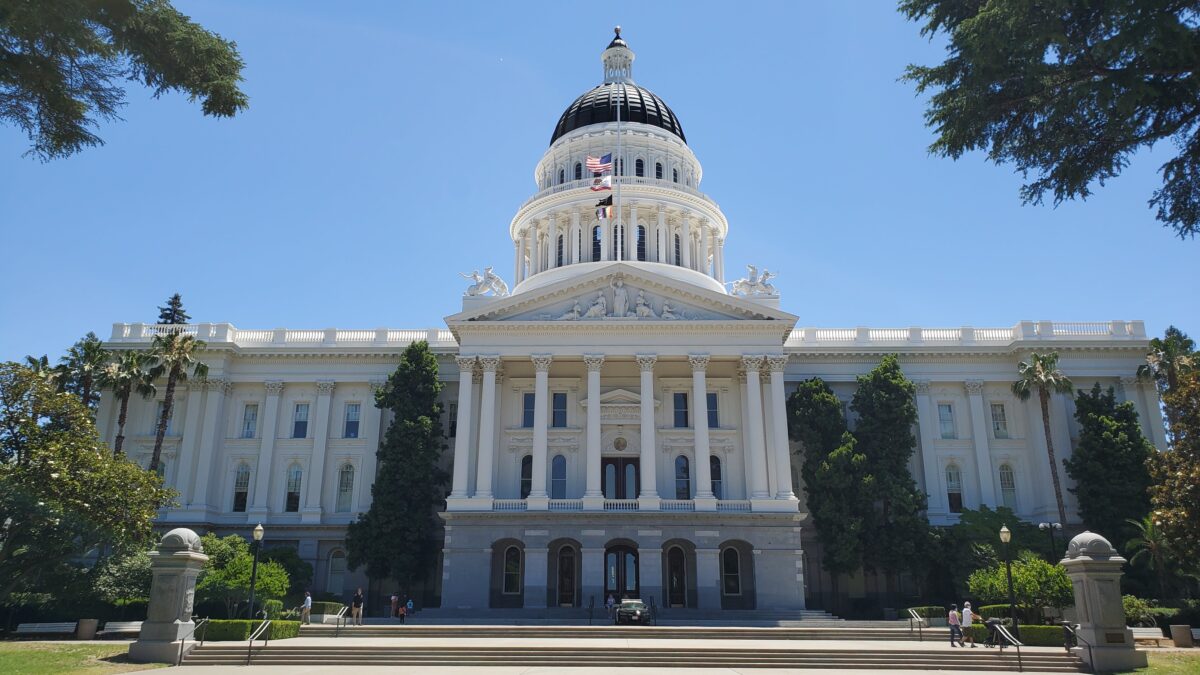
Gavin Newsom promises that California is going to enact the largest gun buyback program in the nation. Though we don’t know the specifics yet, we do know the effort will fail as it conflicts with many basic rules of economics.
Most buyback programs work the same way: The police set up a day and time where people show up and hand over their unwanted guns, no questions asked. Of the weapons collected, the ones that turn out to be stolen or connected to a crime are confiscated, and the rest are either melted down or recycled in some non-weapon form.
The first problem is that buybacks attract people least likely to be involved in criminality. More than a decade ago, Oakland police offered $250 per gun “no questions asked, no ID required.” Among those taking advantage were out-of-state retirees with trunkfuls of old weapons and gun dealers who were trading in their cheapest guns for a profit. You’re not getting firearms “off the streets,” you’re getting a rusty gun out of some geezer’s attic. In 2012, after another buyback, Oakland police were bragging about collecting a rifle with a bayonet and a 3-inch derringer. When police pay for largely out-of-commission rifles and revolvers, all buyback programs do is increase the value of old guns.
Indeed, if buyback programs offer less than market value, a gun owner can simply take their weapon to a dealer. When Tucson ran a buyback program, the city collected around 200 firearms, most of them out of commission. Why? “A few hundred feet away,” reported the Cincinnati Enquirer, “gun dealers set up tables and offered cash for any guns in good enough condition to resell.” When Seattle put on a buyback program, signs like “$$ For Assault Rifles” or “Fast Cash For Your Gun!” began appearing nearby.
Then again, if the state offers above market value for a firearm, sellers can take the profit and buy a new gun. Buyback programs may well be putting more modern guns in the hands of civilians.
What buyback programs don’t do is attract the kind of guns that are used in the vast majority of murders. Criminals aren’t handing back their 9mm handguns because black market firearms are likely worth considerably more than $250 or $500. Buyback programs exemplify the downside of focusing on guns rather than criminals. What they do not do, as virtually every study on the program has shown, is mitigate criminality or suicide.









